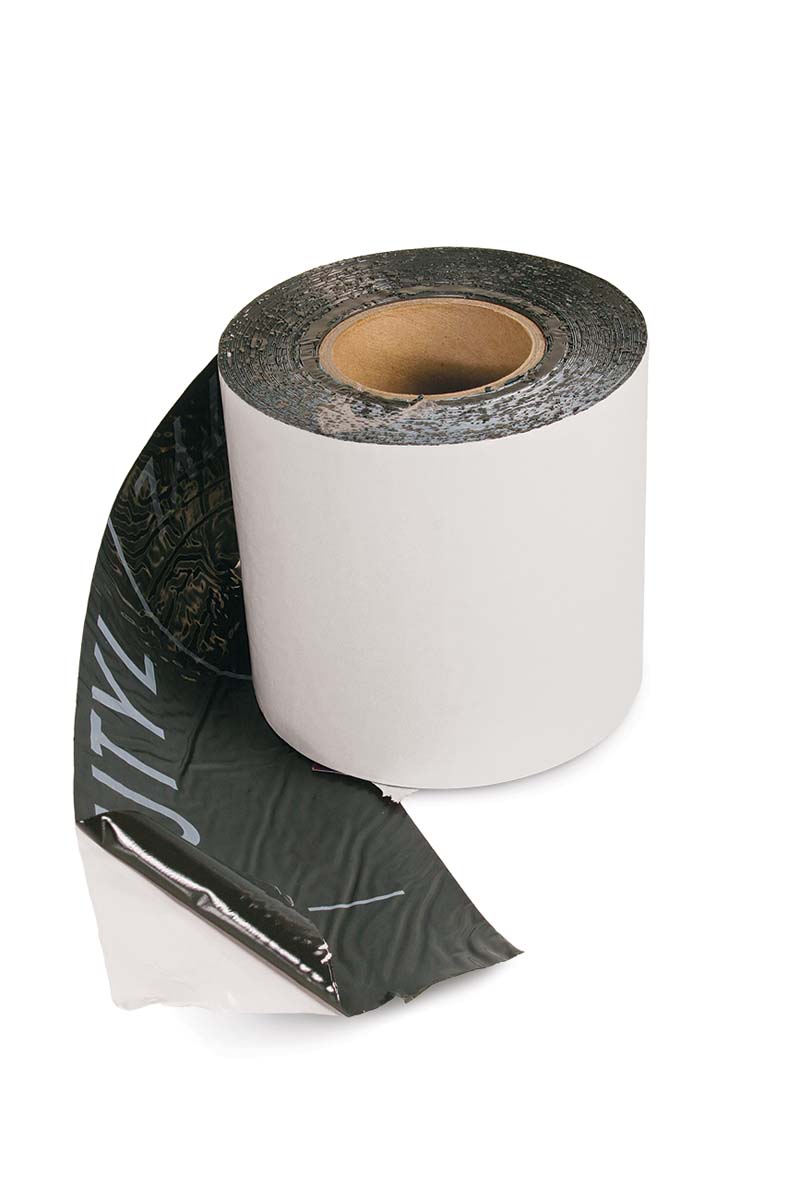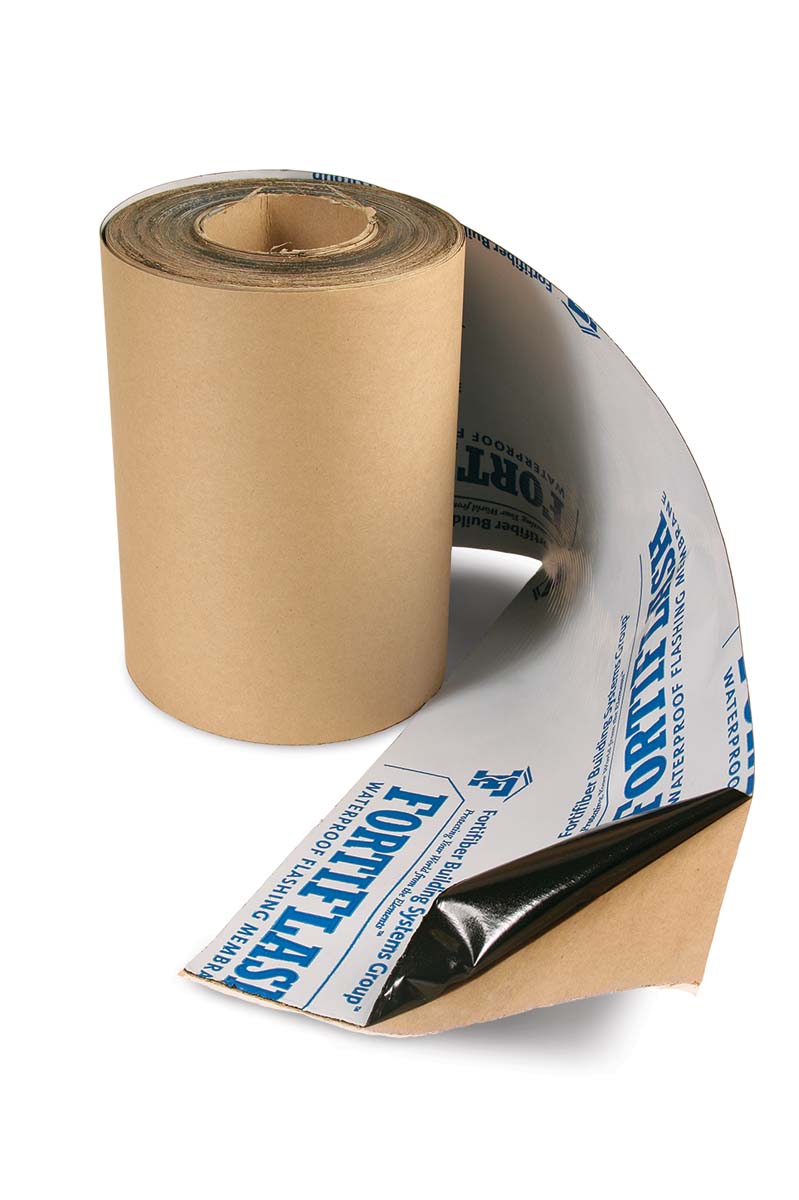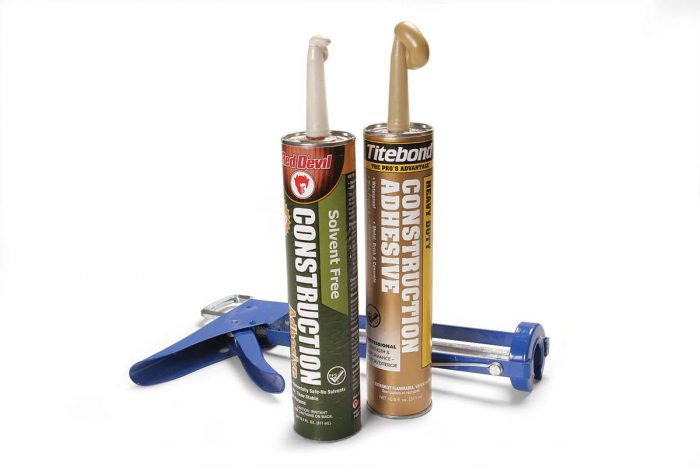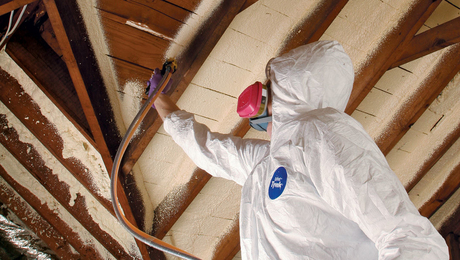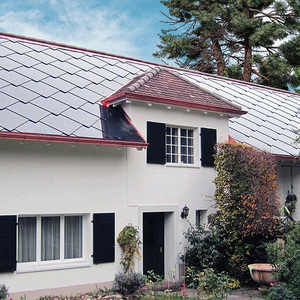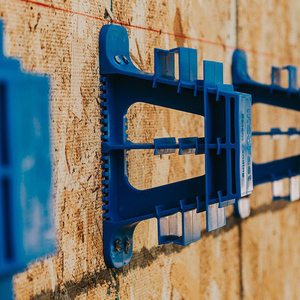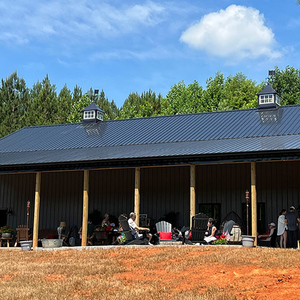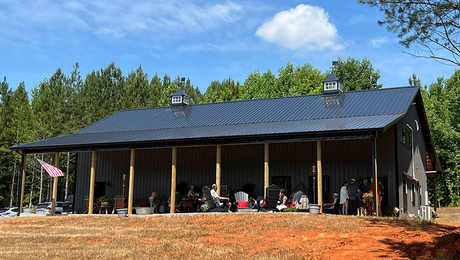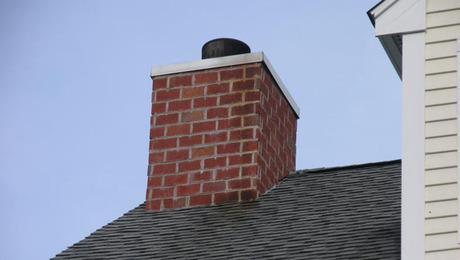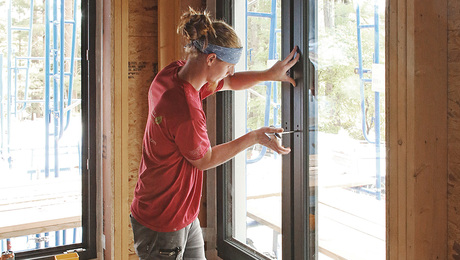What’s the Difference: Self-adhesive flashing
Using butyl-based or rubberized asphalt-based depends on temperature, location
Butyl-Based Vs. Rubberized Asphalt-Based
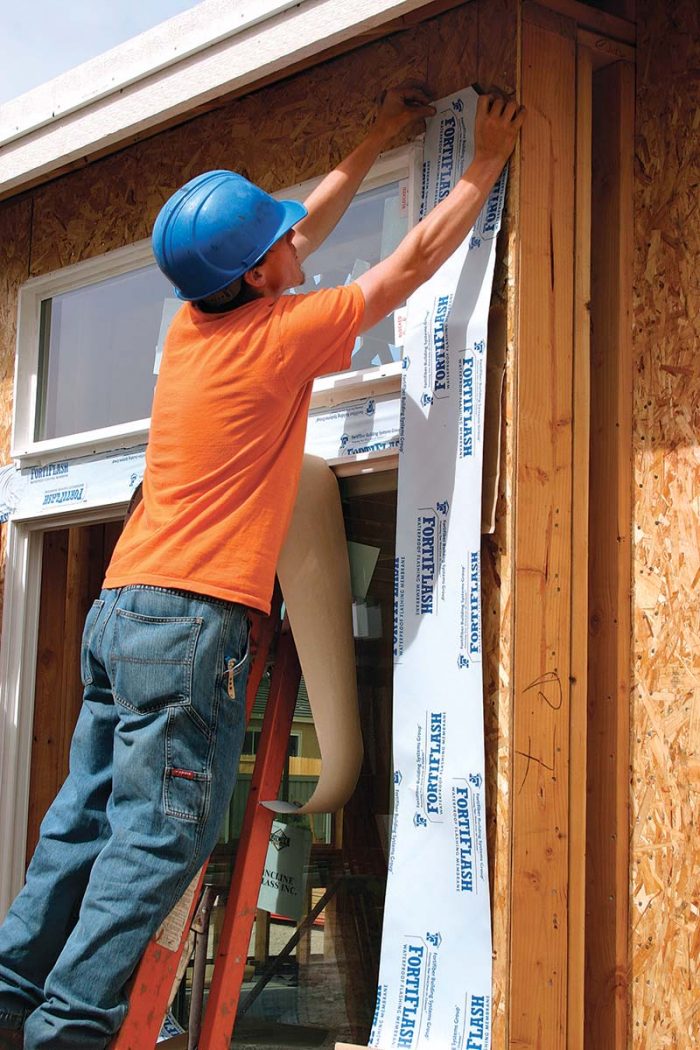
Temperature Ratings Vary By Brand, Not Adhesive Type
It’s expensive, but more versatile. Butyl flashing performs better in extreme heat and does not have the compatibility problems of asphalt-based flashing.
By manipulating the adhesive compound, manufacturers of butyl- and asphalt-based flashing have the ability to control the temperature at which their products best perform. The development process comes with trade-offs, though. Flashing created for use in cold weather doesn’t remain stable at extremely high temperatures. Conversely, as high-temperature resistance is increased, cold-weather adhesion suffers in both butyl- and asphalt-based flashing.
Butyl, however, can be made to withstand much-higher temperatures than rubberized asphalt. For this reason, butyl is often used to create flashing for extremely hot climates like the desert southwest, where building-surface temperatures can reach staggering levels.
Rubberized-Asphalt Flashing Can’t Be Used Everywhere
Works well for most tasks. Asphalt-based flashing performs equally as well as butyl when combined with building materials that don’t contain plasticizers.
Asphalt flashing has compatibility problems with flexible polyurethane sealants, certain roofing membranes, and nonintegral PVC window flanges that are found on some wooden windows. These materials contain plasticizers, which are chemicals that help to make them flexible. When the rubberized asphalt comes in contact with the plasticizer, a chemical reaction takes place, and the adhesive liquefies, compromising the flashing’s ability to perform properly.
It’s important to note that not all PVC causes a chemical reaction. Rigid PVC, found on most windows, does not contain plasticizer and performs seamlessly with asphalt flashing. Check with the window manufacturer prior to using this flashing to determine whether the product contains plasticizer.
Construction Adhesive
Are Solvent-Free, Low-VOC Products Any Good?
Solvent-free, low-VOC construction adhesives have been on the market for almost 20 years. But the green movement has put these products in the spotlight.
On a recent project, an architect specified solvent-free, low-VOC construction adhesive to install bamboo-plywood panels. I had never worked with the adhesive before and decided to find out if it would hold up as well as the standard solvent-based stuff I’ve been using for years.
On the plus side, solvent-free construction adhesives are nonflammable and nontoxic, and when wet, they are easily cleaned up with water. They aren’t as hardy, though, when it comes to temperature fluctuations or exposure to rain. To remain stable, the adhesive needs to be kept dry and between 40°F and 100°F, a difficult task on the coldest and hottest job sites.
Another drawback is that solvent-free adhesives won’t bond to many metals and won’t set up properly if used to join two nonporous materials. Also, some manufacturers don’t recommend that solvent-free, water-based adhesives be used under hardwood flooring due to concern that the product could cause the wood to swell. When it comes to holding power, however, there’s virtually no distinction between each type of adhesive.
When inhaled, solvent-based adhesives can cause throat and eye irritation. Chronic exposure can lead to numbness in hands and feet, and blurred vision. However, solvent-based adhesive is the preferred product in extremely low temperatures and is best for adhering metal and nonporous materials.
|
Solvent-Free, Made To Meet Industry Standards All solvent-free, low-VOC construction adhesive must pass the same rigorous ASTM-D 3498 and AFG-01 tests as solvent-based competitors. Cost: Approximately $4 per 10-oz. tube |
Solvent-Based, Bad Chemicals Have Real Benefits Unlike solvent-free adhesive, which cures by evaporation, solvent-based adhesive cures by chemical reaction. As a result, it sets up properly despite variations in temperature and humidity. Cost: Approximately $4 per 10-oz. tube |
Tile-Setting Compound
Thinset Vs. Mastic
Over the years, I’ve laid tile using both mastic and thinset. Each was around long before I cut my first tile, and each has proved to be a sound material when used appropriately.
Thinset Is Stronger And More Versatile
All thinset is cementitious, which gives it far greater shear and tensile strength than mastic. This quality greatly expands where thinset can and should be used. Because thinset cures as hard and as strong as the cement backerboard it’s often adhered to, it is the best material to use when setting tile in demanding conditions: in steam rooms and on floors, shower walls, and ceilings. It even holds up exceptionally well outdoors.
Thinset isn’t as tacky as mastic, so it’s easier to adjust a tile layout as you go. It also means that tiles can slip and sag more easily, which is always a concern on vertical and ceiling installations.
Mastic Has Fewer Uses, But It’s Easier To Work With
Mastic is organic glue mixed with additives that give it body, so it can be troweled and textured like thinset. Unlike thinset, which is mixed on site, mastic is ready to use straight out of the bucket. I use mastic for tile backsplashes and tile wainscot because of its great tack and nonslip qualities. I even use it in hot-tub surrounds if I know it won’t be exposed to a lot of water.
Mastic’s bonding strength can be greatly reduced when exposed to water, and it can also sustain mold growth. Another drawback is that mastic cures by evaporation, so when applied too thickly or on large tiles, the adhesive can take a long time to cure—if it cures at all. Also, mastic should never be used on stone tiles because it can be absorbed into the material and cause surface staining.
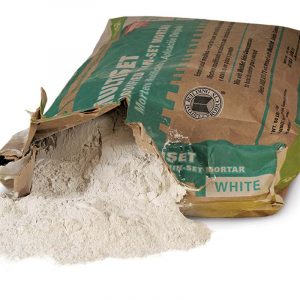 |
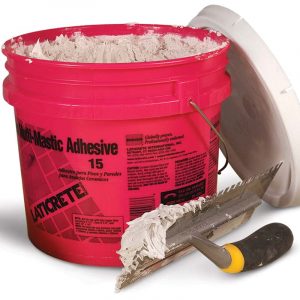 |
|
The easiest way isn’t always the best. Thinset must be mixed on site and isn’t as tacky as mastic. However, thinset provides a better-performing bond between tile and substrate. |
